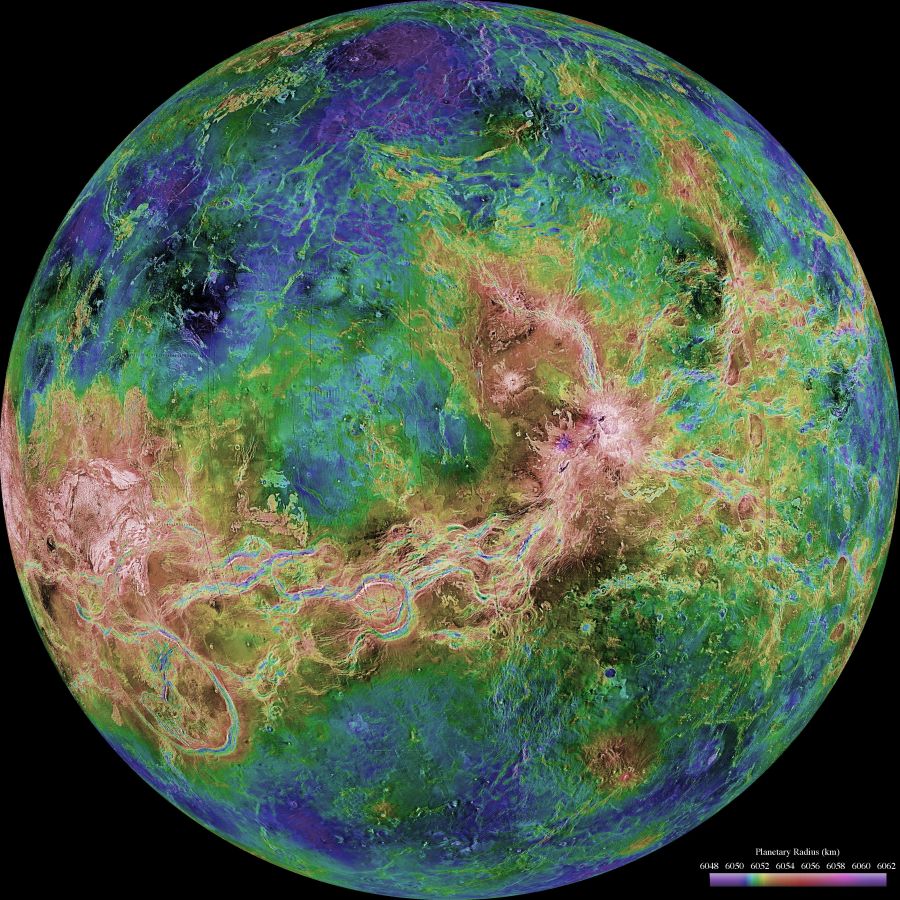Anna Hoetjes
In her work, Anna Hoetjes frequently combines space science, human perception, and speculative narratives to map our multidimensional and ever-changing relationship to astronomy and other planets, as well as their science. Looking outwards from Earth to bright objects in our skies has long informed our understanding of our place in the Universe. After the Sun and the Moon, Venus appears as one of the brightest objects in our sky. For this reason, it has played a vital role in the origin myths and navigation methods of many cultures.
In many of Hoetjes’ speculative narrations Venus features as a place where often-overlooked female scientists have secretly travelled for centuries, exploring the Universe from a holistic and feminist viewpoint. In this latest work, titled Aphrodite Terra, the artist unites scientific histories, real and imagined, with abstract astronomical research on Venus.
The four ceramic reliefs in the series are based on radar images of the surface of Venus, depicting various mountain ridges of the Aphrodite Terra region. Paradoxically, Venus is covered by such a thick atmosphere that the landscapes cannot be seen directly. In these sculptures the artist makes highly technical data into tangible objects. The surface of Venus is presented as isolated squares, terrain without a planet. As shiny and seductive artificial bodies, they also seem to float in space, highlighting that our perception is in fact a complex patchwork of many fragments and perspectives.
In parallel, the vibrant amalgamation of colours in Aphrodite Terra refers to temperature scales made of the planet’s surfaces drawn from NASA’s database. The glazes applied the tiles mirror scientific visualizations of wavelengths from outer space used in the light analysis technique called spectroscopy, in which the light from a star or planet is refracted to reveal its colour spectrum. These colours also evoke to the invisible contribution of female labour in the advancement of contemporary astronomy. By analysing huge amounts of spectral data, early female astronomers were able to identify the chemical composition of stars and surfaces.
Paradoxically, because the use of colour in space science is a visual technique used to translate imperceptible and abstract data into colours we can perceive, it can be seductive and relatively subjective translation of actual wavelengths. The colours of Aphrodite Terra are similarly fantastical imaginings of Venus’ surface, exposing our often-limited perception of reality, let alone of worlds beyond our own.
Hemispheric view of Venus. Image: NASA
